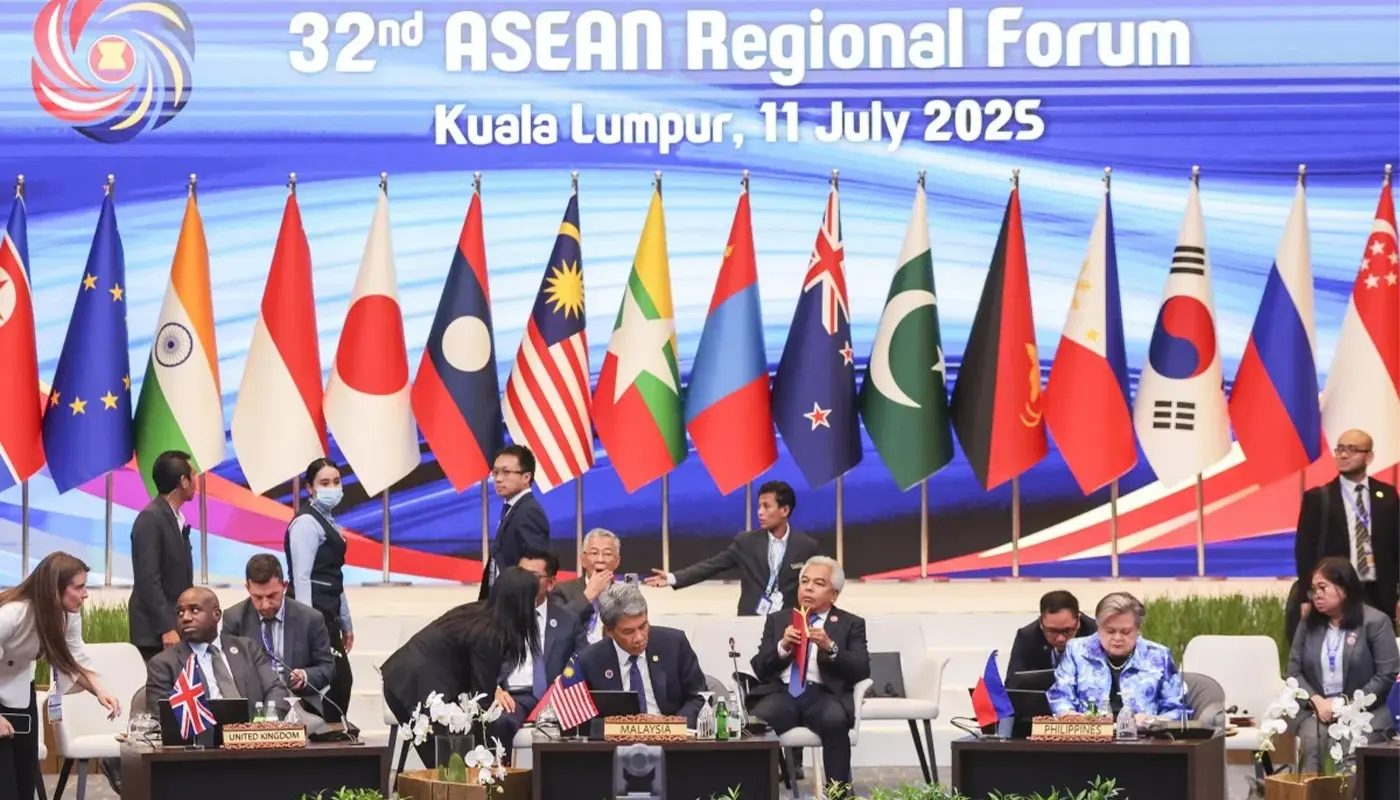China is responding to renewed U.S. trade pressure by embracing a long-term, strategic adjustment in its external economic ties, analysts say — warning that Washington’s current posture, driven by President Trump, positions it as the “big bully” in global commerce.
According to a fresh Reuters poll, China’s June exports grew 5.0% year-on-year, up from May’s 4.8%, while imports rose 1.3% after a May decline. Economists view this modest upturn as a defensive manoeuvre amid fears that a fragile U.S.–China trade truce could collapse ahead of an August 12 deadline.
Playing the Long Game: Strategic Shifts
Experts argue that China is accelerating “dual circulation” policies — prioritizing domestic consumption, diversifying export markets, and reducing dependency on U.S. demand – a shift made necessary by Trump’s aggressive tariffs and threats.
- Domestic strengthening: Beijing is pushing consumption-led growth and issuing stimulus through credit and fiscal policies to offset export pressure.
- Diversifying markets: China is increasing trade with Southeast Asia, Europe, Latin America, and Africa, with June’s export boom to ASEAN helping soften U.S. market losses.
Asia Society’s Lizzi Lee says Beijing has “staying power,” able to absorb economic pain better than many democracies. China’s evolving charm offensive — especially with Southeast Asia and Europe — is creating new buffers, even as it maintains retaliatory tools.
Rising Trade War Fallout
Trump’s volatile tariff policies have destabilized supply chains, causing inflation fears and prompting businesses to shift production — sometimes outside China, yet still within Asia — to navigate trade barriers.
While China’s export growth persists, analysts caution it may taper off in the latter half of 2025 without a lasting trade deal.
Strategic Implications
- Long-term economic resilience: Beijing’s focus on self-reliance and internal markets mirrors Xi Jinping’s broader Cold War-era strategic posture.
- Shifting power dynamics: As China shields itself and builds alternative trade alliances, U.S. leverage could diminish, potentially rendering tariffs an ineffective tool.
- Global supply chain evolution: Southeast Asia and other emerging regions may benefit from China’s adaptation, though U.S. consumers could face higher prices.





